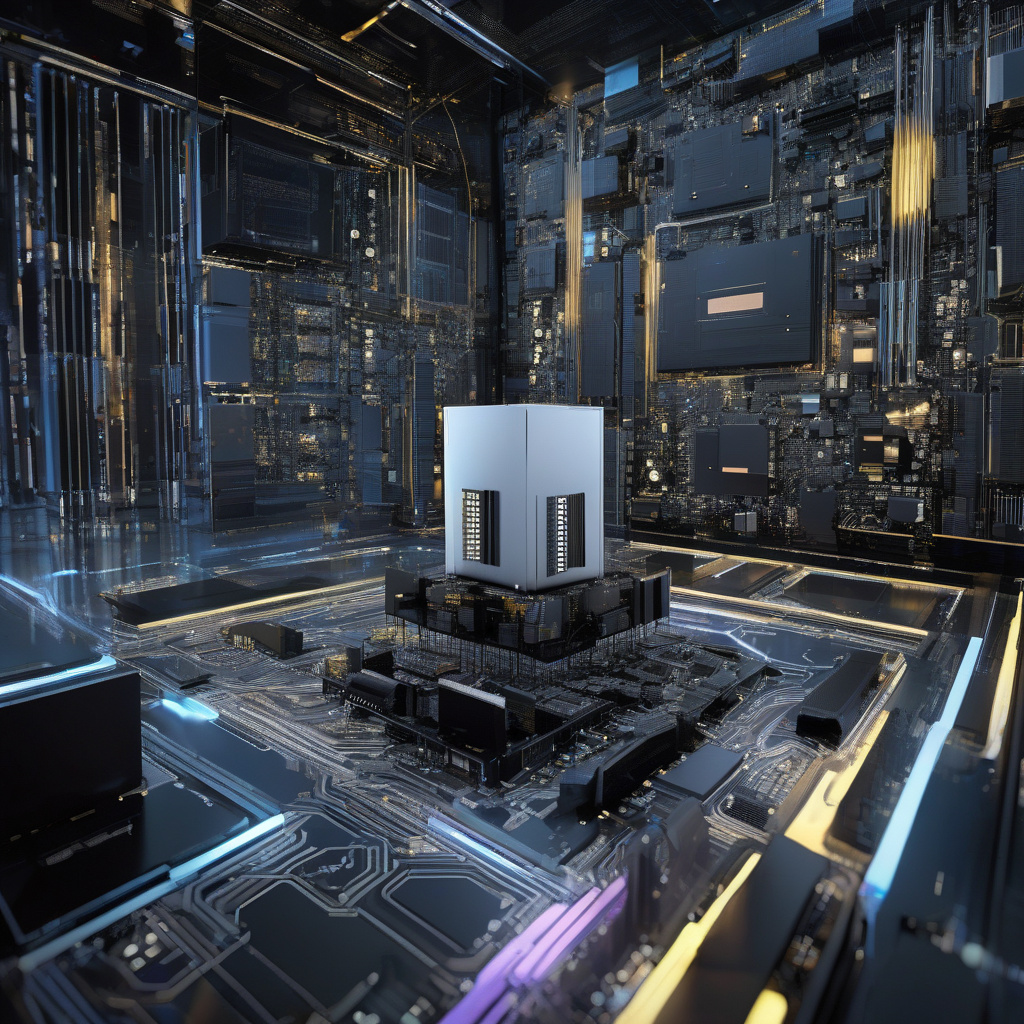State Space Models Can Enable AI in Low-Power Edge Computing
In the realm of technology, the quest for efficiency is unending. The emergence of state space models (SSMs) represents a significant leap forward in enabling artificial intelligence (AI) in low-power edge computing devices. This advancement opens up a world of possibilities for various applications, from dashcams to medical devices, security cameras, and even toys. At the 2025 Embedded Vision Summit, Tony Lewis, the chief technology officer at BrainChip, shed light on how SSMs could revolutionize computing in constrained environments.
SSMs offer a unique approach to processing data efficiently while maintaining high levels of accuracy. By leveraging these models, devices can perform complex AI tasks with minimal power consumption. This is a game-changer for edge computing, where resources are often limited, and energy efficiency is paramount. Imagine a dashcam that can analyze road conditions in real-time or a medical device that can provide accurate diagnostics without draining its battery quickly—all made possible by SSMs.
One key advantage of SSMs is their ability to handle dynamic systems effectively. Traditional AI models may struggle to adapt to changing environments, but SSMs excel in capturing the dynamics of a system over time. This makes them ideal for applications where data is constantly evolving, such as in surveillance cameras tracking moving objects or IoT devices monitoring changing environmental conditions.
Moreover, the low power consumption of SSMs makes them ideal for edge computing scenarios where energy efficiency is crucial. In devices that operate on battery power or have limited access to energy sources, optimizing power usage is essential for prolonged operation. SSMs offer a way to implement AI capabilities without putting a strain on the device’s power supply, ensuring consistent performance over extended periods.
The implications of SSMs extend beyond just improving efficiency—they also enable new functionalities in edge devices. Imagine a security camera that can not only detect intruders but also predict their movements based on patterns learned over time. Or a toy that can interact with children in more intelligent ways, thanks to its ability to understand and respond to their behaviors. These enhancements are made possible by the power of SSMs to process data efficiently and adapt to changing circumstances.
In conclusion, the integration of state space models into low-power edge computing devices represents a significant step forward in the field of AI. By harnessing the capabilities of SSMs, developers can create intelligent systems that operate effectively in resource-constrained environments. As we look to the future of technology, SSMs stand out as a key enabler of innovation, offering a path to smarter, more efficient edge devices that enhance our daily lives in ways we have yet to imagine.
By Patrick Farry

